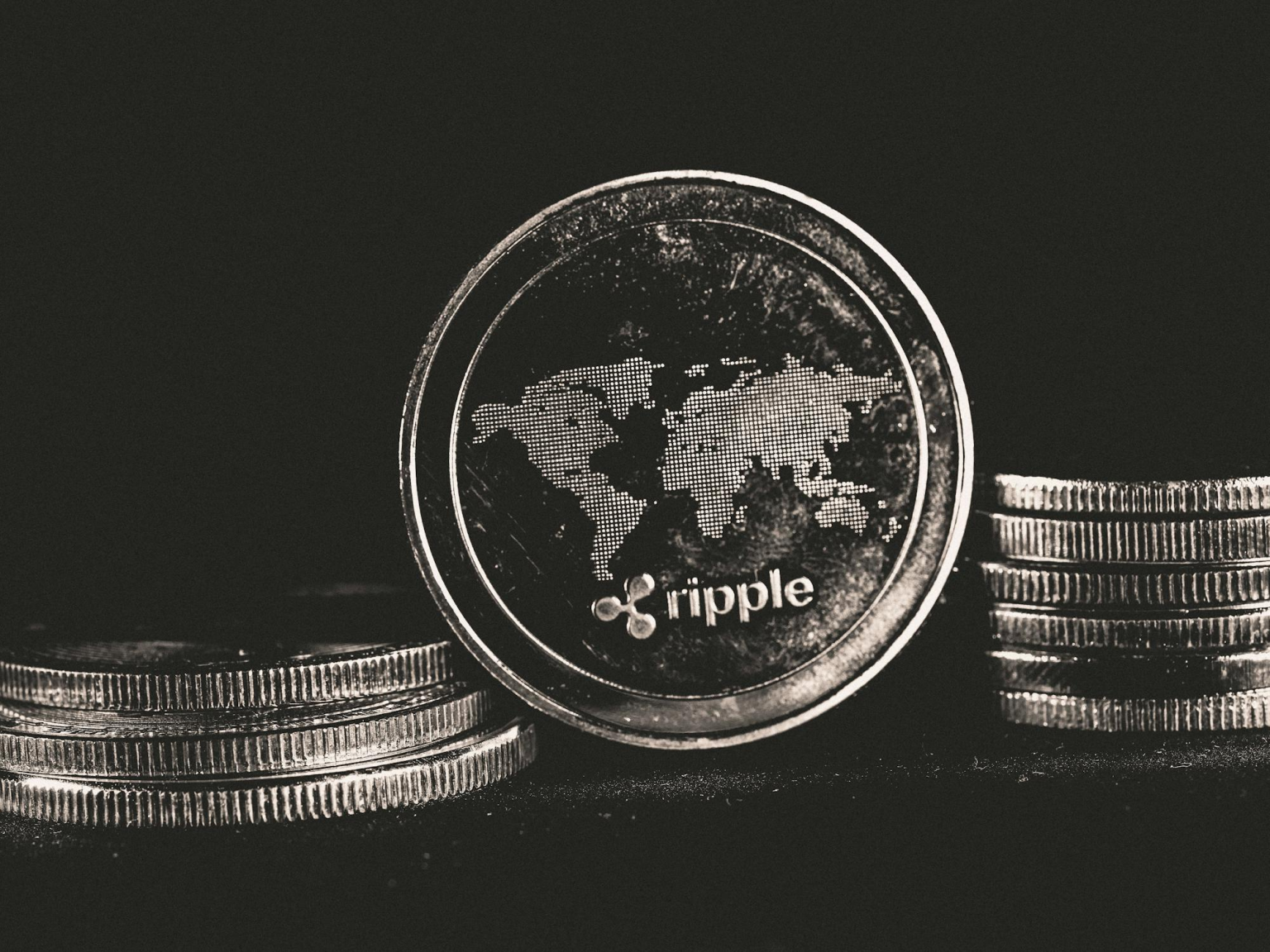With Donald Trump’s recent election win, the cryptocurrency world might be heading into an era of favorable regulatory changes. This shift could open new doors for digital assets, especially XRP, a cryptocurrency that’s designed for quick, low-cost, cross-border payments. Ready to dive into why XRP might be a smart choice following the election and how recent developments could boost its value?
Crypto investors had their eyes on this election, and for good reason. Trump has been vocal about supporting regulatory reforms, especially in the crypto sector. With his win, crypto-friendly policies may get a new push, potentially benefiting the entire cryptocurrency market.
Bitcoin, the world’s largest cryptocurrency, hit record highs, surging past $89,000. But it’s not the only cryptocurrency that could thrive in this environment. While Bitcoin often leads the way, XRP Price offers unique advantages that make it worth watching closely.
XRP’s Journey and Challenges So Far
XRP, created in 2012 by Ripple Labs, was designed to improve global payments. Unlike traditional bank transfers that can take days, XRP transactions are settled almost instantly and with lower fees, which is why XRP gained early popularity. However, in recent years, XRP faced significant hurdles due to regulatory scrutiny. The U.S. Securities and Exchange Commission (SEC) filed a lawsuit against Ripple and its founders, claiming that XRP was sold as an unregistered security. This lawsuit, followed closely by the crypto world, questioned how much control the SEC should have over digital assets like XRP.
Ripple scored a victory in court, but the SEC later appealed parts of the ruling. This uncertainty has weighed on XRP’s performance, as its price has lagged compared to other cryptocurrencies. While Bitcoin’s price has nearly doubled this year, XRP’s price is still down. But with Trump’s election win, the regulatory tide could shift in XRP’s favor.
Why Trump’s Win Could Be a Game-Changer for XRP
One of Trump’s promises was to potentially replace SEC Chairman Gary Gensler, who led the Ripple lawsuit and has generally pushed for stricter crypto regulations. Removing Gensler could mean a more lenient SEC, potentially reducing XRP’s regulatory risk and clearing the way for its growth. This shift would relieve XRP from a regulatory overhang, a factor that has held back its price potential.
In addition to this, another significant rule, known as Staff Accounting Bulletin (SAB) 121, currently discourages banks from offering crypto services by requiring them to classify crypto assets they hold for customers as liabilities on their balance sheets. This increases banks’ capital requirements and raises scrutiny. If this rule is rolled back, it could open up more financial institutions to hold and manage crypto assets, giving XRP a broader audience.
The Potential for XRP ETFs
Bitcoin made headlines in early 2024 with the approval of the first spot Bitcoin ETFs, which allow investors to buy shares that directly track Bitcoin’s price. These ETFs have made Bitcoin investing simpler for many, which has fueled demand. Following Bitcoin, Ethereum ETFs were also approved, and now there’s growing interest in developing a spot ETF for XRP. Ripple’s CEO has suggested that an XRP ETF is only a matter of time, and such an approval could make XRP more accessible, especially to investors who prefer traditional investment platforms over direct crypto purchases.
Several factors make XRP particularly interesting in today’s market. Unlike Bitcoin, which is mined and has a continually increasing supply, XRP has a fixed number of tokens, making it a limited-supply asset. For investors looking for assets that could withstand inflation, a fixed-supply cryptocurrency like XRP can be appealing. This feature, combined with XRP’s use case as a payments solution, gives it a unique advantage.
Economists expect that Trump’s economic policies may lead to inflationary effects, which could increase the appeal of assets with limited supplies. For some, XRP might serve as a hedge in this type of economic environment.
Final Thoughts
With Trump’s crypto-friendly stance, a new regulatory approach could be on the horizon. This shift could benefit XRP by easing regulations, possibly clearing the path for more financial institutions to hold and offer it. Furthermore, an XRP ETF would broaden accessibility, helping XRP gain traction among mainstream investors.
Given its unique characteristics—fast transaction times, fixed supply, and potential regulatory relief—XRP stands out as a cryptocurrency to watch in the coming months. As always, it’s essential to follow these trends and stay informed as the market evolves.



